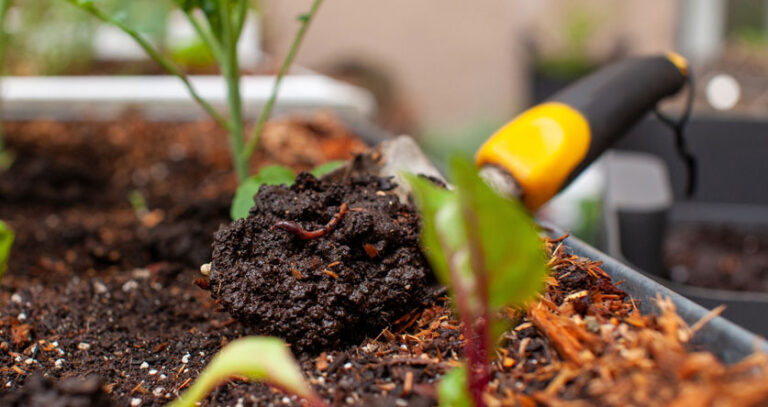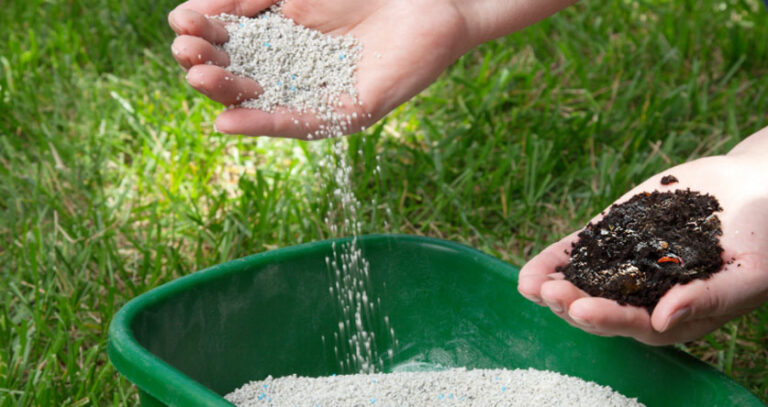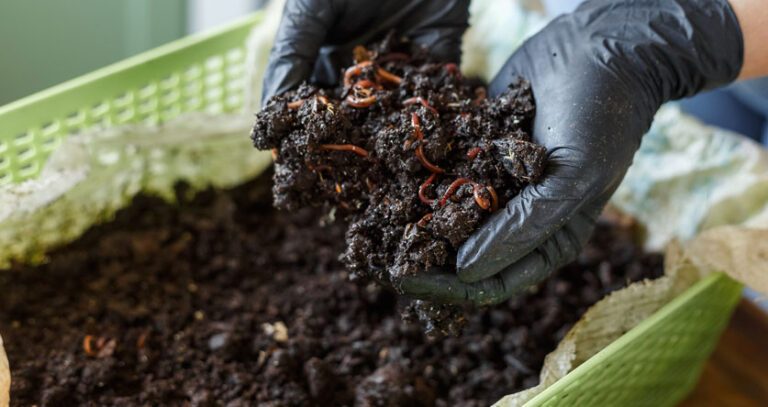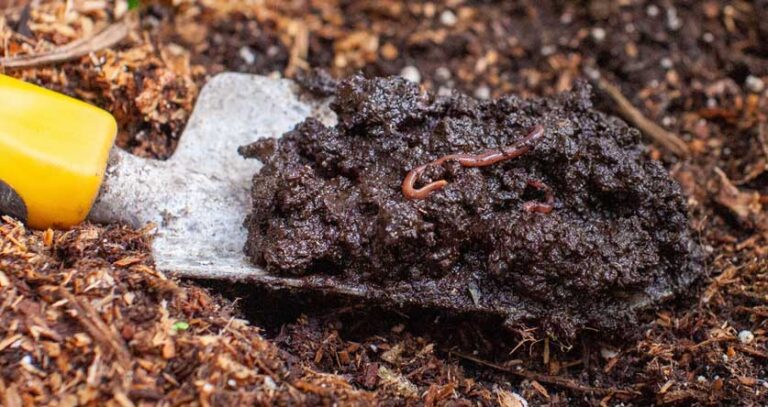3 Best Ways To Use Worm Castings In Potted Plants!

Worm castings, also known as “worm compost,” “vermicast,” or “vermicompost,” are a superfood for plants. Potted plants benefit from worm castings because they improve soil conditions and promote overall health.
Potted plants are generally more susceptible to pests and diseases like root rot, so worm castings are incredibly beneficial for them. Every indoor plant parent should learn how to use worm castings in their potted plants 🙂
Once you see the positive effects of this organic soil amendment, you won’t look back!
How To Use Worm Castings In Potted Plants
Worm castings can be used in potted plants in many ways: as a monthly top dressing to refresh the potting soil, as an additive to your potting mixture when you repot plants, or as a liquid fertilizer in the form of worm tea. All three methods are very straightforward.
Plants growing in pots only have access to a limited amount of soil and, therefore, a limited amount of nutrients. The soil in pots is also more prone to becoming compacted or developing a crust on the surface.
1. As Top Dressing
The best thing you can do for potted plants is to rejuvenate the soil regularly with some worm castings.
Simply take a small amount of worm compost and sprinkle it on top of the soil!
Tip: Do this monthly during spring and summer when plants grow most vigorously.
2. Make a Repotting mixture
All potted plants eventually outgrow their containers and need to be repotted. When the time for repotting comes around, it’s a good idea to add some worm castings to the new potting soil mixture.
Combine 1 part worm castings with 4 parts potting soil.
Another excellent way to use worm castings for your pot plants is to brew them some worm tea.
3. Use Worm tea
Mix 2 cups of worm castings into a 5-gallon bucket of rainwater. You can also use tap water but allow it to stand in the bucket for 24 hours (this gives the chlorine time to dissipate).
Allow the worm castings to soak in the bucket of water for 24 hours. It’s a good idea to stir occasionally to keep the mixture aerated. This helps the beneficial microbes multiply.
Deposit the liquid into a watering can and use it to water your potted plants.
Tip: It’s best to use the worm tea within two days because that is when the brew is most potent.
Using Worm Castings In Potted Plants
Now that we’ve discussed how to use worm castings let me explain more about why they are so good for potted plants and whether you should use other fertilizers along with worm castings or worm tea.
Are Worm Castings Good For Potted Plants?
Worm castings are highly beneficial for potted plants in several ways:
- They enhance plant growth, making plants grow faster and larger.
- They make plants flower and fruit more prolifically.
- They boost a plant’s immune system, making them less prone to diseases.
- They are a natural deterrent against pests like aphids, mealybugs, spider mites, and scale.
- They increase soil aeration and enhance drainage, helping prevent root rot.
- They add organic matter, improving the soil’s water retention.
Potted plants are especially prone to soil issues, pests, and diseases because they live in artificial conditions in a limited amount of soil. Therefore, potted plants reap the benefits of worm compost even more than garden plants growing in the ground!
It may sound like worm castings are a miracle solution for all houseplant problems, and in many ways, they are 🙂
But can worm castings replace the use of regular fertilizer?
Can I Use Worm Castings Instead Of Fertilizer For Houseplants?
Worm castings contain a lot of goodness for plants, but this does not necessarily mean you can use them instead of fertilizer for houseplants.
Worm castings are not a complete fertilizer.
They do not contain enough nitrogen, phosphorus, and potassium to meet all of the plants’ needs. So if you only give your houseplants worm castings, they will eventually show signs of nutrient deficiency, like yellowing leaves.
Therefore, in addition to using worm castings for indoor plants, it is essential to feed them with an organic fertilizer like liquid seaweed or fish emulsion every few weeks. (Amazon)
How Much Worm Castings To Put In Potted Plants?
Worm castings are easy to make at home, but because they take a while to produce, many people prefer to buy them. Unfortunately, this can get pretty expensive.
Because worm castings are not a cheap investment, you need to use the correct quantity to prevent waste. But, on the other hand, you also don’t want to use so little that it has no effect on your plants.
Luckily, there is a quick way to determine how much worm castings you should use for a potted plant:
For every 6 inches of the pot’s diameter, use a quarter cup of worm castings as a top dressing.
Worm castings are very powerful, and even using a small amount will make a difference to your potted plants. If you only have a modest supply of worm castings, you can use a bit less than the recommended amount per plant, and the plants will still benefit.
Can You Give Potted Plants Too Much Worm Castings?
Is it possible to overdo it with worm castings? What happens if you give your potted plants too much worm castings?
Thankfully, worm castings are not like other fertilizers in that they do not damage plants if you use more than the recommended amount. Over-feeding plants with regular fertilizer cause mineral salts to build up in the soil, leading to fertilizer burn.
Worm castings do not contain high nitrogen levels, so they do not cause fertilizer burn. You can use as many worm castings as you like, as long as your plants are not growing in 100% pure worm castings!
Keep in mind, if there are too many worm castings in your potting mixture and not enough potting soil and compost, your plants may eventually develop a nutrient deficiency.







